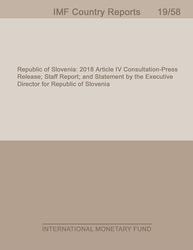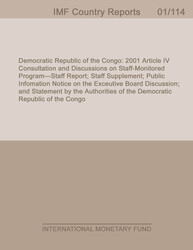
New Zealand: 2025 Article IV Consultation-Press Release; Staff Report; and Statement by the Executive Director for New Zealand
New Zealand: 2025 Article IV Consultation-Press Release; Staff Report; and Statement by the Executive Director for New Zealand
READ MORE...
Volume/Issue:
Volume 2025
Issue 114
Publication date: May 2025
ISBN: 9798229011570
$20.00
Add to Cart by clicking price of the language and format you'd like to purchase
Available Languages and Formats
| English |
Prices in red indicate formats that are not yet available but are forthcoming.
Topics covered in this book
This title contains information about the following subjects.
Click on a subject if you would like to see other titles with the same subjects.
Finance , Inflation , Money and Monetary Policy , monetary and financial statistics , FSAP mission , monetary policy easing , consultation cycle , FSAP participation , Housing , Productivity , Inflation , Financial sector stability , Global
Also of interest
Summary
The 2025 Article IV Consultation with New Zealand discusses that tight monetary policy has helped bring inflation back to target after a prolonged period of elevated price pressures, but at the expense of growth. A nascent recovery is underway as monetary policy is easing again. House prices have stabilized, and financial sector risks are contained. is expected to remain within the target band, and current account normalization is set to continue. Risks to the outlook are to the downside, weighing New Zealand’s exposure to trade policy and investment shocks against the potential for stronger monetary policy passthrough. The financial system is resilient with well-capitalized banks, and the ongoing modernization of the regulatory framework should continue. Financial stability considerations should take precedence when determining prudential settings. Structural policies remain a first order priority to address persistently low productivity growth and housing supply constraints. Reforms to improve competition, broaden available sources of funding for businesses, and reduce infrastructure gaps are critical for securing sustainable long-term growth.
Copyright © 2010 - 2026
Powered by:
AIDC



